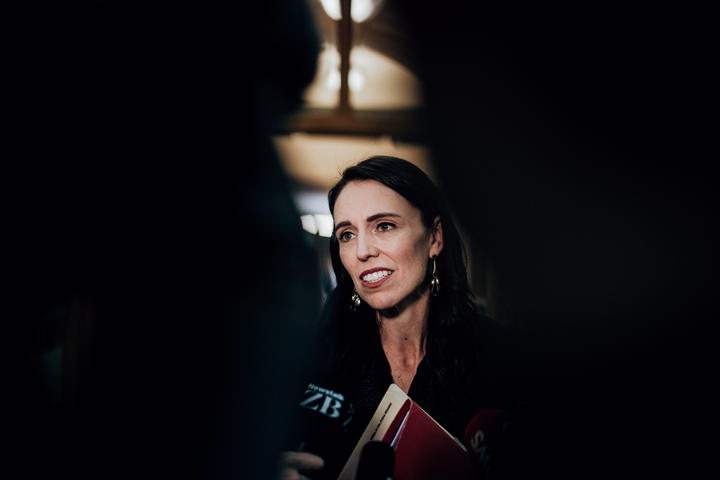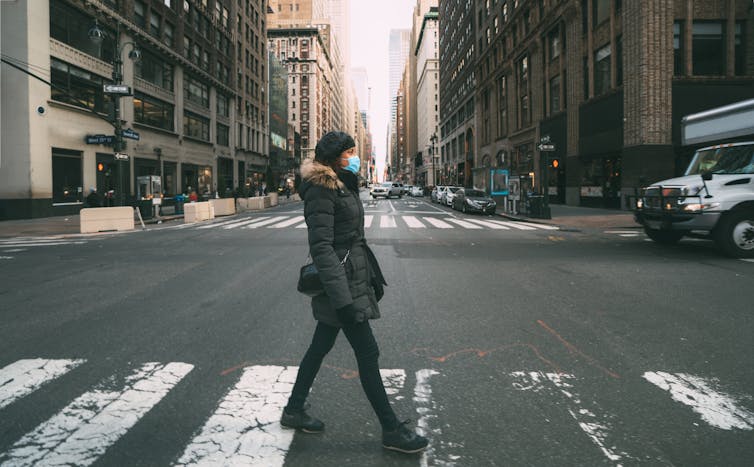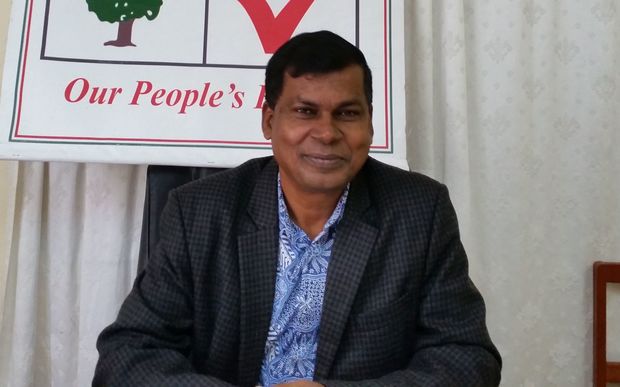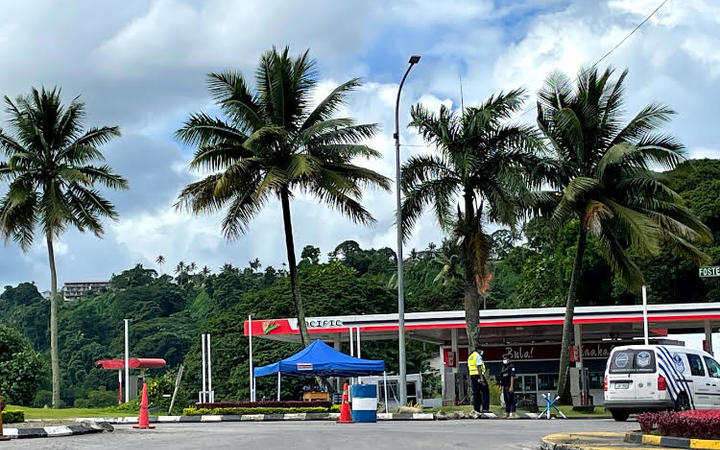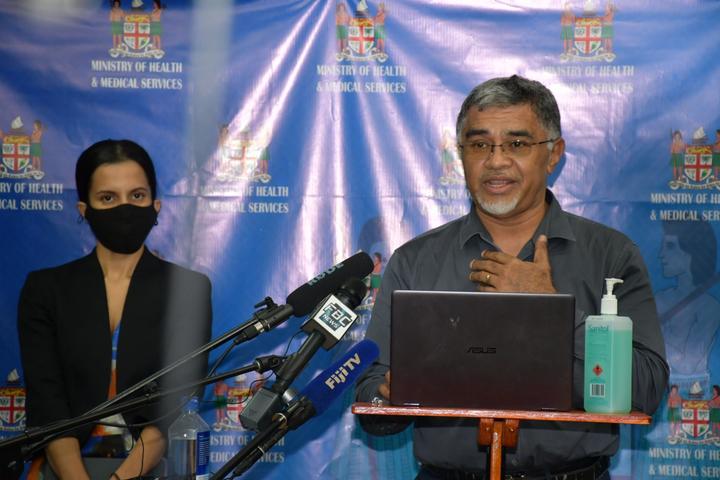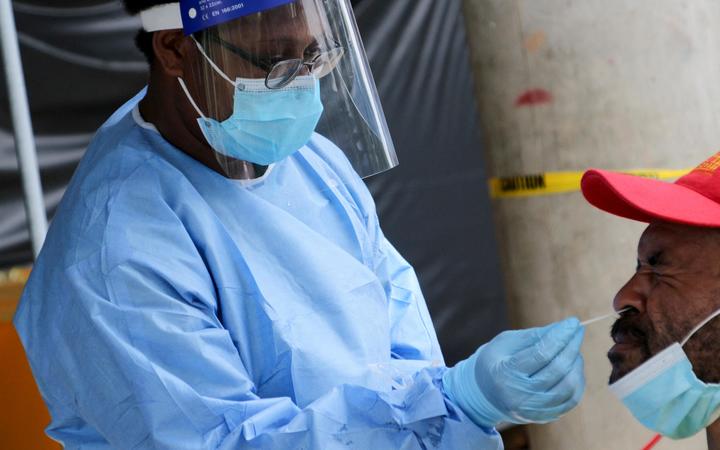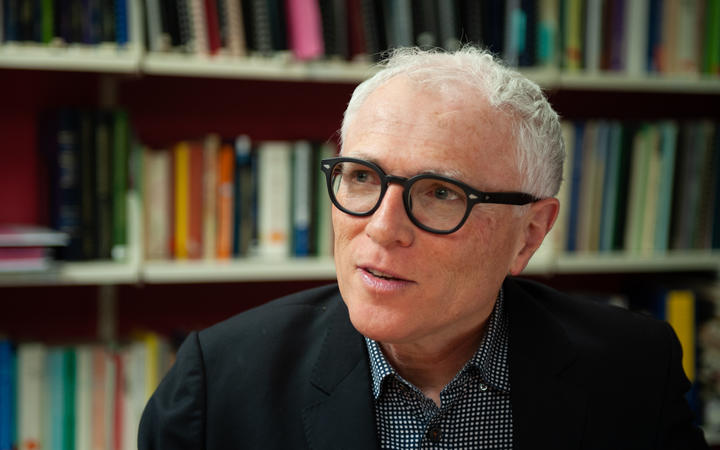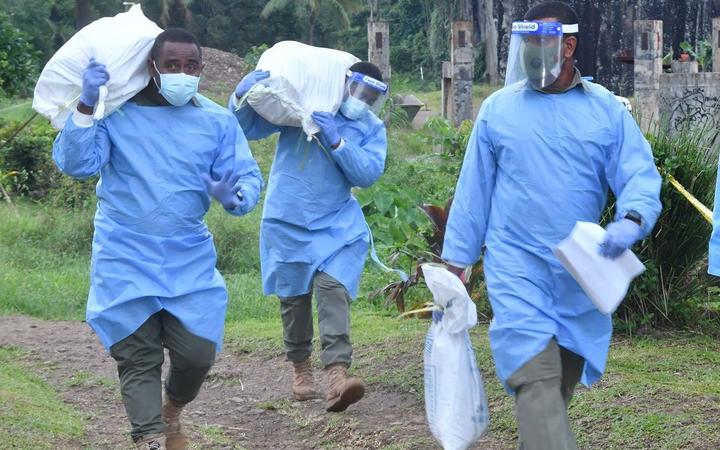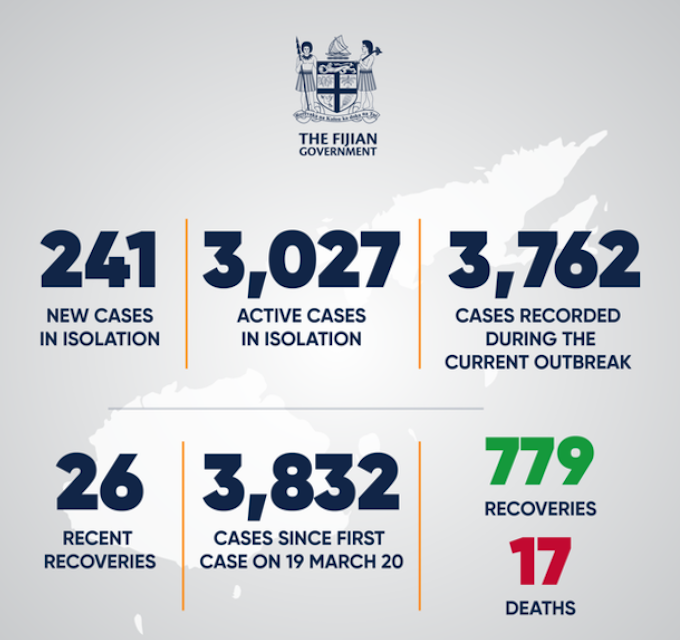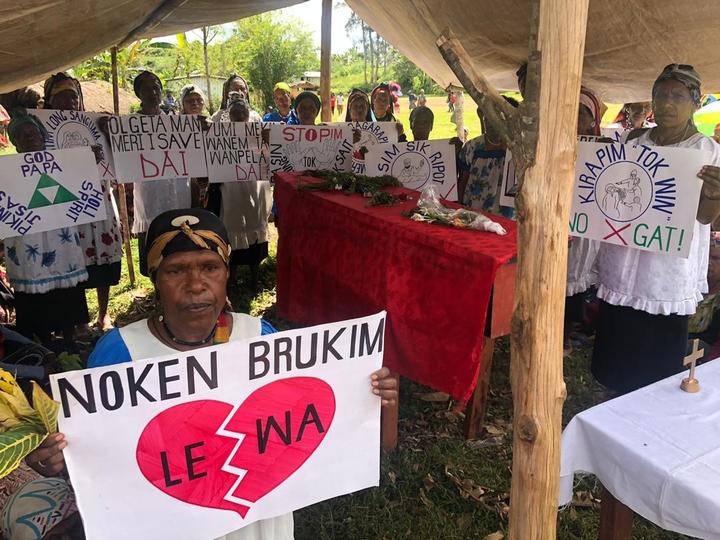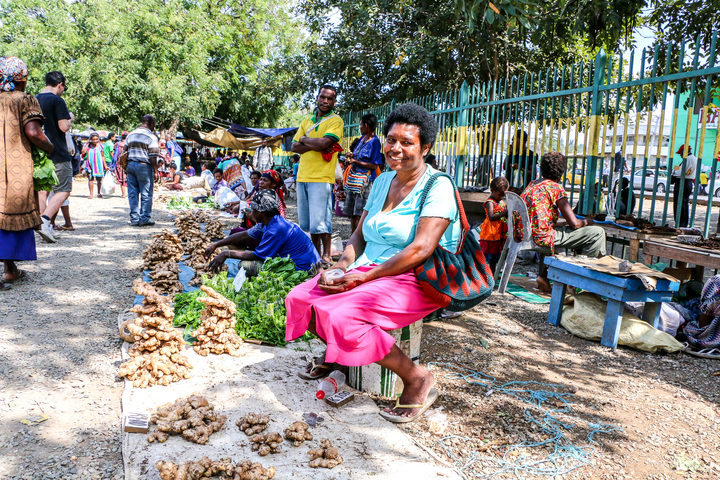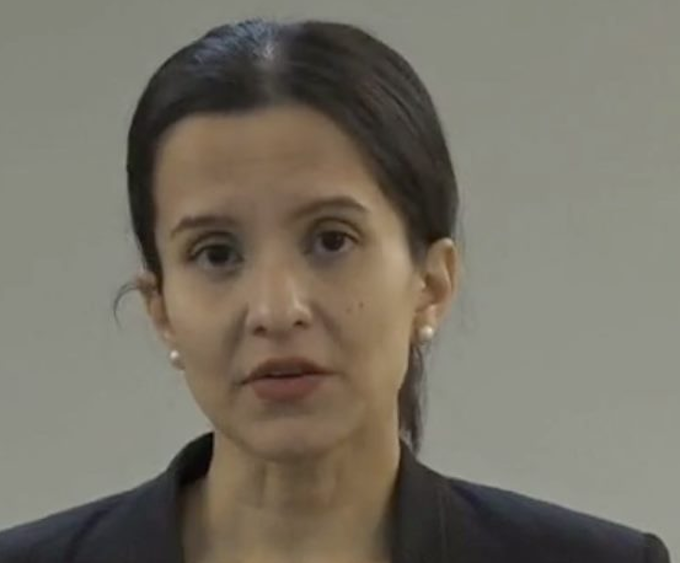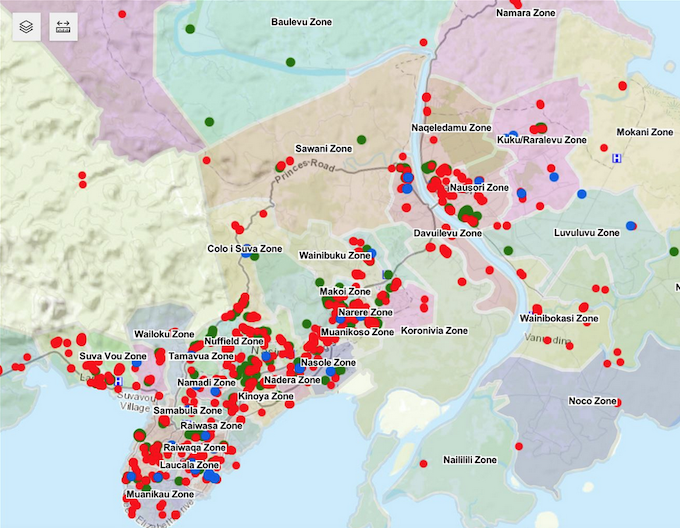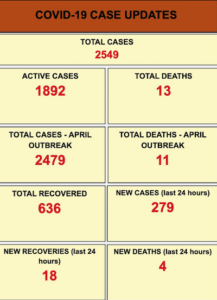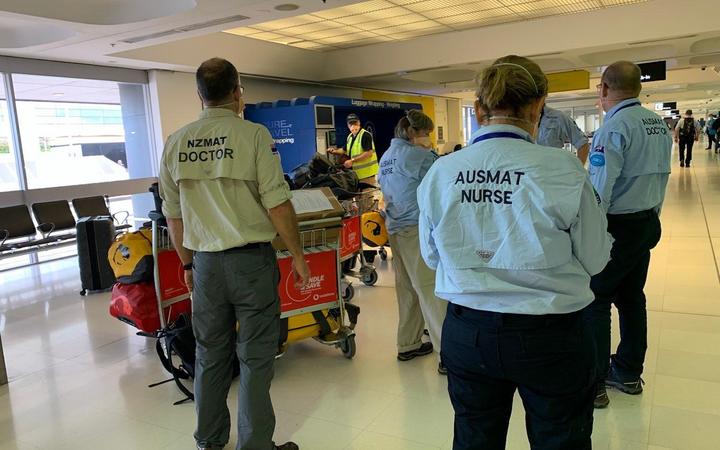
Before the coronavirus pandemic made airflow a life-or-death issue, ventilation experts rarely tested the air inside schools. That was probably a mistake, said Kevin Thomas, the business representative for the union representing ventilation workers in the Seattle area.
“You don’t feel the CO2 levels going up, you just start to get tired,” said Thomas of Sheet Metal Workers Union Local 66, which represents heating, ventilation and air conditioning (HVAC) workers. “The temperature rises, and you just take off your sweatshirt.”
Similar findings have been recorded by HVAC experts across the U.S. — perhaps not surprising in a country where about 36,000 schools have ventilation systems in need of attention. But replacing aging ventilation systems with new versions of the same out-of-date technology won’t be enough, warned Tony Hans, an engineer specializing in green buildings.
“Most districts are still putting in HVAC systems that were invented and designed in the 1970s, and those are not going to get you to your health and wellness goals, or your carbon and energy-efficiency goals,” Hans said.
And the systems that regulate airflow are just one of the dozens of facility improvements Hans thinks schools are about to have a “once in a lifetime opportunity” to fix. He sees the anticipated influx of federal funding through President Joe Biden’s American Jobs Plan infrastructure proposal as a rare chance for most districts in America to make their buildings both greener and cheaper to operate.
“It’ll be the last time they get to touch their schools for a major overhaul for 40 or 50 years,” Hans said. “This is the opportunity to really do it right.”
Judged by annual spending in public dollars, America’s K-12 school facilities are the second largest infrastructure expense in the country — only roads, rail lines and other transportation systems cost more — and repairing or improving them may offer a clear path to broad reductions in greenhouse gas emissions. Taken together, school facilities emit about 72 million metric tons of carbon dioxide each year, the equivalent of about 18 coal power plants or 8.6 million homes, according to the climate advocacy organization Generation180.
But much as the pandemic forced a reckoning about the physical condition of America’s classrooms, it may also have cleared a way for the federal government to rebuild them.
Rep. Bobby Scott, a Virginia Democrat, is the lead sponsor of the Reopen and Rebuild America’s Schools Act, which would send $130 billion in federal money — $100 billion in grants and another $30 billion in bonds — to schools in need of repair over the next decade. Until the infrastructure compromise between Biden and moderate Congressional Republicans took it out on June 24, Scott’s bill had been incorporated into Biden’s mammoth American Jobs Plan. Scott said that funding is badly needed because otherwise school districts are essentially “on their own” to build and renovate buildings.
“If we’re going to do anything about the school construction problem, the federal government is going to have to step up,” said Scott, who chairs the House Committee on Education and Labor. In an effort to stimulate a long-term shift in how schools are built and maintained, states would be required to kick in some money, too. The grants would be apportioned based on need. House Speaker Nancy Pelosi has said the Democrat-controlled House won’t take up the bipartisan deal until the Senate passes the spending bill that could include funding for school facilities.
Beyond guaranteeing that American students and teachers have good air, federal funding could help protect the planet that today’s students will inhabit. Rehabbing or rebuilding worn-out school buildings, particularly those that run on fossil fuels, so that they need less energy to operate would cut greenhouse gas emissions.
It would also cut costs. At present, energy is second only to personnel when it comes to schools’ budgets, said Laura Schifter, a senior fellow with the Aspen Institute, leader of the group’s K-12 Climate Action initiative, and a lecturer on education at the Harvard Graduate School of Education. As much as a quarter of the energy districts pay for is wasted, primarily by inefficient HVAC systems and drafty buildings. Schools spend billions more than they need to on energy that doesn’t actually heat or cool classrooms, or power light bulbs computers, cafeteria refrigerators or copy machines. It’s simply lost to leaky windows, badly set thermostats and the like, wasted like water spraying out of a gash in a garden hose.
Though poor record keeping makes it hard to quantify school facilities’ contributions to climate change, Schifter said schools could reduce their carbon footprint if they had government help with the upfront costs of efficiency improvements. Some fixes, like installing more efficient light bulbs, are relatively cheap, but bigger fixes, like switching from gas to electricity or adding geothermal heating, are beyond the reach of most communities, without federal support. And yet, those are the solutions that could get a school building to carbon neutrality or even zero out energy consumption.
“There’s this huge opportunity,” Schifter said. Rehabbing schools creates jobs, reduces long-term costs and moves the United States toward meeting its climate commitments without reining in industry, she said. “This is just an investment that makes sense for the federal government.”
Currently, there is no significant school facilities funding stream at the national level. School districts in nearly every state have to pay for new buildings or renovations independently, relying almost exclusively on bonds to be paid back with property taxes. Just 17 states help pay to maintain their schools, while 36 states make some money available to replace or build facilities. Aside from a handful of small, specialized programs, the federal government doesn’t help. Districts where property values are low, which disproportionately serve students of color, simply can’t raise the money.
Federal money could correct the structural problem with school facilities financing and clear the way for healthier, more efficient school buildings, said Jeff Vincent, director of public infrastructure initiatives at the University of California, Berkeley’s Center for Cities + Schools. In states like California, where the state matches local money dollar for dollar, high-wealth districts get about eight times more state money per student than low-wealth districts, Vincent said.
“The education community has been far more tolerant of terrible building conditions than they should be,” Vincent said. “There’s a little bit of a martyr syndrome, that a good teacher should be able to teach in a shoebox. And I appreciate that, but why should you have to? Why should children be forced to learn in those environments?”
That American school buildings aren’t in good shape shouldn’t be news. A 1995 study by Congress’ research arm, the Government Accountability Office, found that 63 percent of students attended schools that needed an overhaul. Twenty-five years later, little had changed. A 2020 study by the same body found 41 percent of school districts reporting that most of their schools’ ventilation systems needed to be repaired or replaced. And many schools had critical structural problems; 10 percent of districts reported that most of their schools have walls or foundations that need work.
Among the buildings federal investigators examined was a school in Rhode Island that was running a ventilation system using 100-year-old parts. Investigators found a New Mexico school that had spent $150,000 to replace a fairly new boiler, burned out by mineral-heavy water, but couldn’t afford to buy a filter to soften the hard water, likely dooming the newest boiler to the same fate as the one it replaced.
In Michigan, investigators found a school still being heated by a boiler from the 1920s. The school had to keep an engineer on site to make sure the boiler, built when some students’ great-grandparents were children, didn’t explode. Because of the way school facilities are funded – maintenance is covered by some state and federal dollars, while renovations and new construction are not – the district can afford to employ the engineer, but not to replace the boiler.
In some districts, school buildings are plainly dangerous. A 2018 Philadelphia Inquirer investigation found asbestos and lead paint, exposure to which has been linked to illness and brain damage, were prevalent in city school buildings. District leaders estimate it would cost billions to repair and replace broken buildings, a sum far beyond what the district could afford with no federal money forthcoming at the time. (Three years later, federal dollars might be the only money forthcoming, as the state legislature’s Republican majority recently blocked another effort by its Democratic governor to send more money to schools via a tax on wealthy residents.)
Aside from on-the-ground investigations like the one pursued by the Inquirer, information about school building quality is hard to come by. That’s because, in most of the country, no one is even trying to track it, said Anisa Heming, director of the Center for Green Schools at the U.S. Green Building Council, a nonprofit that develops standards for building efficiency. As a result, there isn’t even an accurate count of the total square footage of classroom space in the country, Heming said. The best assessments of the physical conditions facing American schools come from the Government Accountability Office or the American Society of Civil Engineers, she added.
The civil engineers recently gave America’s schools a “D+” in the trade organization’s 2021 Report Card for America’s Infrastructure and estimated that an additional $38 billion a year is needed to maintain the nation’s schools. The funding in the Reopen and Rebuild America’s Schools Act, which would represent the largest infusion of cash into the nation’s school buildings in more than 50 years, wouldn’t come close to fully meeting those needs.
At tens of thousands of schools, simple steps can be taken toward efficiency, Heming said. Replacing incandescent and fluorescent lights with LEDs cuts electricity use while improving the lighting. Adding insulation, patching walls and fixing leaky windows can reduce heating costs, as can calibrating the existing systems so they work as designed.
Thomas, the trade union rep, said most problems found by the workers surveying airflow in Seattle-area schools are easily fixed. Often, it’s as simple as correcting mistakes made by well-intentioned maintenance workers who’ve jammed air intake valves open or shut.
Hans, the green buildings engineer who thinks now is the moment to invest in upgrading America’s school buildings, works for CMTA, an engineering firm in Kentucky that won international acclaim for building the nation’s first net-zero energy school in 2015. The firm is currently constructing an elementary school in Washington, D.C., that will have net-zero carbon emissions and energy use while meeting industry-leading health and safety standards. The new schools have an airy, futuristic esthetic, with lots of right angles, strategic shade and solar panels. They also look expensive.
But Hans, a former member of a private school board in his hometown of Louisville, said school leaders looking to finance efficiency can now borrow against long-term utilities savings to defray up-front construction costs. They can basically use some of the money they’ll save on smaller utility bills to pay back the borrowed money during the first years of a school’s greener operations. And as taxes or surcharges are placed on fuels that contribute to climate change, limiting the volume of fossil fuels a school district consumes should result in even larger long-term savings.
In some cities, students have led the charge to make schools “greener” and more efficient. Pushed by the student body, Salt Lake City’s school board recently committed to using 100 percent clean electricity by 2030 and to going carbon neutral by 2040.
Salt Lake City is surrounded by mountains, which trap air pollution produced in the city. The city’s air is among the worst in the nation, on par with Los Angeles. And the burden of pollution falls more heavily on neighborhoods in the Valley that are home to more students of color, who represent a majority of the local school district’s enrollment. The district’s shift away from fossil-fuel powered heating and buses will help clear the skies for everyone, said Mahider Tadesse, an 18-year-old senior at the city’s East High School who advocated for the changes.
“Once these schools adopt carbon neutrality, it’ll be cleaner air both for the kids living up in the rich, white neighborhoods and for the kids living in the more industrial half of Salt Lake,” Tadesse said.
Greg Libecci, the school district’s energy and resource manager, couldn’t be more excited by the carbon-neutrality pledge.
“I mean, holy mackerel, it’s why I got into this business,” said Libecci, a former AT&T salesman who joined the district in 2010.
Salt Lake schools have been adding solar capacity for years; Libecci is excited to use the cost savings from those projects to further shrink the district’s environmental footprint. He’s particularly enthused about electric school buses that will park under a canopy roofed with solar panels.
“This is happening,” he continued. “We have tremendous momentum. There’s very little that I see that can really trip this up.”
Salt Lake and any other district in need of a little federal help may soon get it, if Rep. Scott has his way.
Having just marked his 74th birthday, Scott noted that the elementary school he attended — Booker T. Washington Elementary in Newport News, Virginia — remains in use. “It’s been renovated, but I mean, really?”
The stately brick building, built in 1928, is now a magnet school with a focus on marine sciences. Scott hopes that his former school building, along with thousands of others will soon be “brought up to educational standards.”
“It’s an equal-opportunity action,” Scott said of the Democrats’ plan to set aside money to improve school facilities. “Money will go to the areas that are chronically under-resourced … As Martin Luther King said, ‘The time is always right, to do what’s right.’”
This story about school buildings was produced by The Hechinger Report, a nonprofit, independent news organization focused on inequality and innovation in education. Sign up for the Hechinger newsletter.
This post was originally published on Latest – Truthout.
